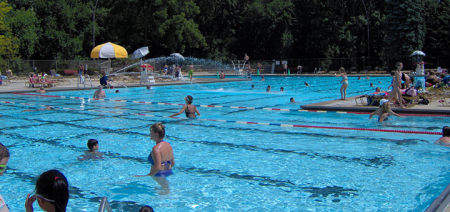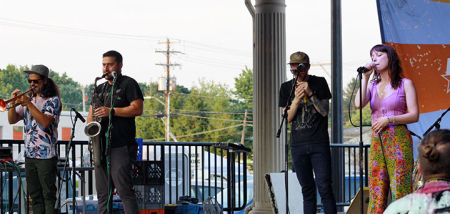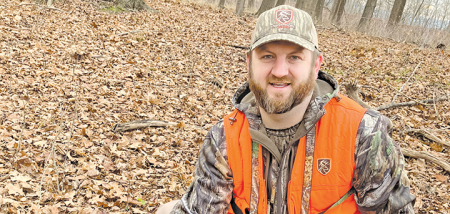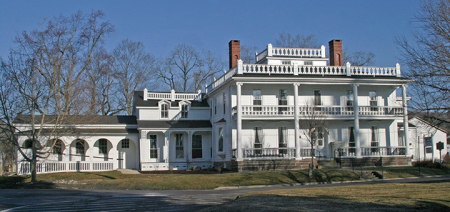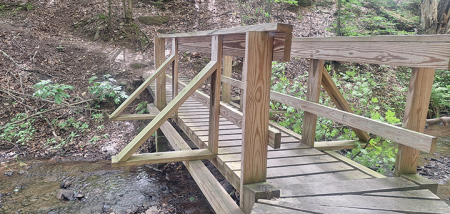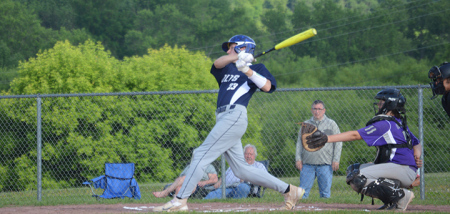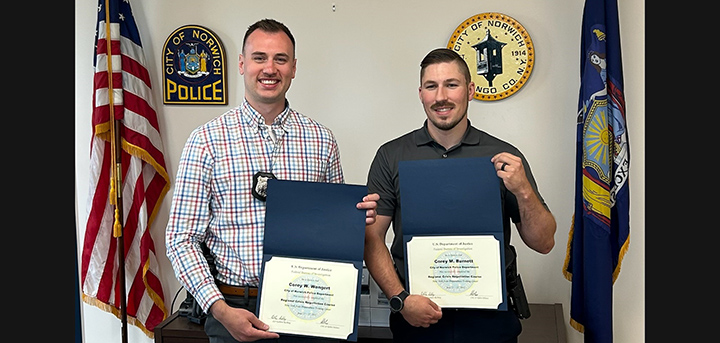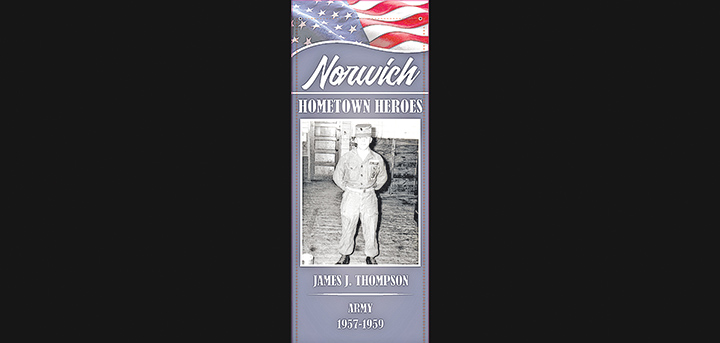Outdoor Chenango: My New Favorite Way To Cook Venison
Published:
May 25th, 2022
By:
Eric Davis
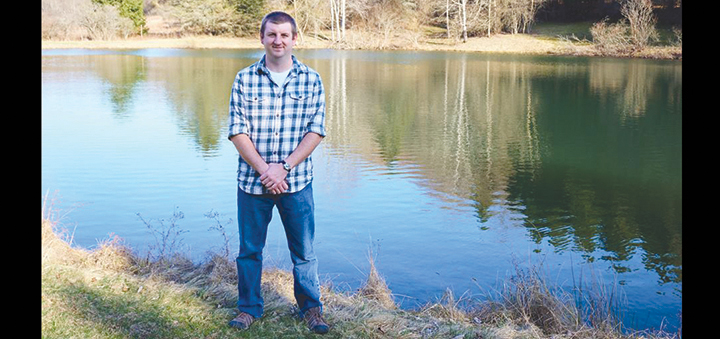
For the first 3 or 4 years that I deer hunted and was successful, I tended to cook my venison in two ways.
Whatever cuts were good for grilling were marinated in Italian dressing and then grilled. Everything else was turned into jerky. I was in high school and my mom and sister both refused to try eating any of it.
Once I was in college, I turned to ground venison for a lot of quick and easy meals like tacos or sloppy joes. I would often have the entire first deer of the year minus the backstraps and tenderloins turned into ground venison. I used ground venison so much that now my wife, who I met in college and cooked for, won’t eat sloppy joes at all, and tacos and chili are tolerated on a once-a-month basis.
In college I also started using a slow cooker for roasts. Fast forward a few more years and I bought a pellet grill and smoker after my aunts and uncles sent me a check as a wedding gift. I have been learning how to use the pellet grill and smoker for a variety of foods. I have perfected racks of ribs and pork loin roasts. Venison pepperoni and summer sausage have also been produced using the smoking features of the grill.
However, I have continuously been trying to find the best way to cook venison backstraps outside of in a cast iron skillet with butter and onions. That method requires you to slice the venison before cooking it. This makes it easy to overcook the venison and cause it to be dry. I like to cook the venison as a big piece and then slice it to serve it, just like a prime rib.
One method that worked was to sear the backstrap on all sides in a cast iron skillet, then to put the whole thing in a 400-degree oven until the internal temperature was what you want it to be (145 for medium). This method worked but it would often produce a lot of splattering in the oven and make it a mess.
When I got a book on smoking meats a few years ago at Christmas, I read about reverse searing beef steaks and was confused about it. The reverse sear works by slowly getting the internal temperature to how you like your meat cooked, then letting it rest for 10 minutes before searing it in a hot pan so that it gets some color and crust on the outside. Reverse searing can be done using the oven, but the book talked about using a smoker for the first portion of the cooking.
So finally this spring when the weather broke, I decided to try doing a reverse sear on some venison steaks as a test run. I put a rub on the steaks and refrigerated them for a couple of hours. I started the pellet smoker and took the steaks out to get to room temperature while the smoker heated up. Once the smoker hit 250 degrees, I put the steaks on with a wireless thermometer in the thickest one. The receiver was set to 145 degrees, so it would beep when the temperature was reached. Once that happened, I removed the steaks and put the on a plate.
Then I put a tin foil cover over them to trap in any moisture leaving the steaks for 10 minutes. I heated up a cast iron pan, so it was hot when the 10 minutes was over, and I added avocado oil to the pan (it has a high smoke point, so it won’t burn in the pan). Then I seared the venison for about 2 minutes on each side. I removed the steaks and cut into one of them to see how it looked. It looked gorgeous! The middle was pink with juices running out of it once cut and the outside had a nice crust with the beginning of a smoke ring from the low temperature on the smoker. The only thing better than the look was the taste!
A couple of weeks later, I decided to try the reverse sear on a hindquarter roast since it wasn’t cut into steaks yet. I did everything the same as the first time and it also turned out spectacularly. Carving the roast at the end, seeing, and tasting how moist and delicious it was cemented the reverse sear into my venison cooking repertoire.
With a few backstraps in the freezer still, I am looking forward to cooking one with the reverse sear method over the Memorial Day holiday. I encourage you to try it because you won’t be disappointed!
Author: Eric Davis - More From This Author
Comments
